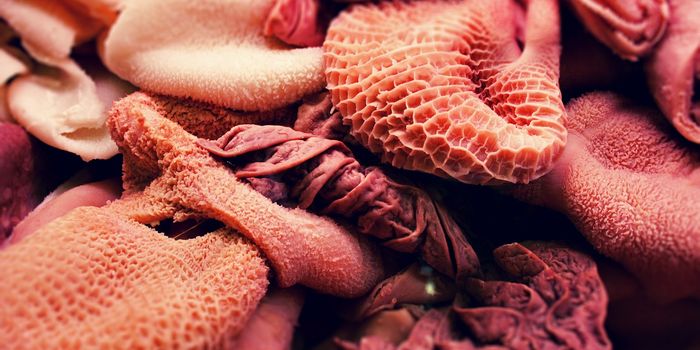Rare Soil Microbe Shows Promise as New Antibiotic
Antibiotic resistance has increased the demand for new antibiotic treatments. Now, researchers have found that a soil bacterium holds potential for the development of a new antibiotic. The corresponding study was published in PNAS.
Actinomycetes are gram-positive bacteria that produce bioactive components used in a variety of drugs from antibiotics to anti-cancer agents. In fact, around two-thirds of all antibiotics used in hospital settings and clinics are derived at least in part from actinomycetes.
Whereas many have been extensively studied, some known as ‘rare’ actinomycetes have been cataloged but not extensively researched. These bacteria are considered ‘rare’ as they tend to be less common in nature than others.
In the present study, researchers set out to characterize some of these rare actinomycetes for drug delivery and biotechnology purposes. In doing so, they found that Lentzea flaviverrucosa, a microbe found in soil, produces molecules that are active against specific varieties of ovarian cancer, fibrosarcoma and prostate cancer, and leukemia cell lines.
"At a high level, it looked as if one region of the genome might be able to make two different molecules. That's just a little strange," said Joshua Blodgett, assistant professor of biology at Washington University in St. Louis, co-corresponding author of the new study.
"Usually we think of a gene cluster, groups of genes that are like blueprints for making individual drug-like molecules. But it looked like there was almost too much chemistry predicted within this single cluster," he added.
From a combination of modern metabolomics with chemical and structural biology techniques, the researchers saw that one region of the bacteria's genome was able to produce two different bioactive molecules. These molecules, they found, are then later welded together to create a potent chemical reaction.
"Nature is welding two different things together. And, as it turns out, against several different cancer cell lines, when you stick A and B together, it turns into something more potent,” concluded Dr. Blodgett.
Sources: PNAS, Science Daily









